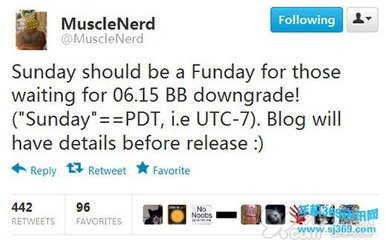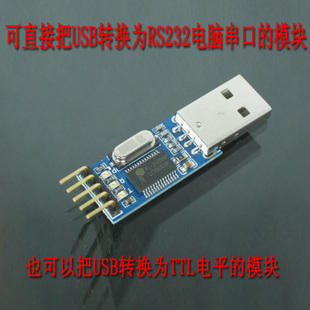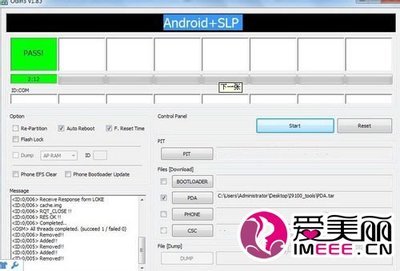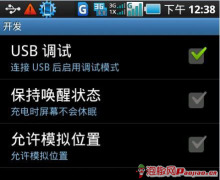Intelecommunicationsandsignalprocessing,basebandisan adjective that describes signals and systems whose rangeoffrequenciesismeasured from close to 0 hertz toacut-offfrequency(amaximum bandwidth or highest signal frequency); it is sometimesused as a noun for a band of frequencies starting close to zero.Baseband can often be considered a synonymtolowpassornon-modulated,and antonym topassband,bandpass,carrier-modulated,intermediatefrequency,orradiofrequency (RF).The term is often used in contrasttopassband,which refers to a signal which has been translated to a higherfrequency, often for transmissionbyfrequencydivision multiplexing.
Varioususes[edit]
Basebandbandwidth[edit]
Abasebandbandwidthisequal to the highest frequency of a signal or system, or an upperbound on such frequencies,[1]forexample the uppercut-offfrequencyof a passband filter. By contrast,passband bandwidth is the difference between a highest frequencyand a nonzero lowest frequency.
Basebandchannel[edit]
Abasebandchannelorlowpasschannel(orsystem,ornetwork) is acommunicationchannelthat can transfer frequencies that arevery near zero.[2]Examplesare serial cables andlocalarea networks(LANs), as opposedtopassbandchannelssuch as radio frequency channels and passband filtered wires of theanalog telephone network.Frequencydivision multiplexing(FDM) allows an analogtelephone wire to carry a baseband telephone call, concurrently asone or several carrier-modulated telephone calls.
Digital basebandtransmission[edit]
Main article:LinecodeDigital baseband transmission, also knownaslinecoding,[3]aimsat transferring a digital bit stream over baseband channel,typically an unfiltered wire, contrary topassbandtransmission,also knownascarrier-modulatedtransmission.[4]Passbandtransmission makes communication possible over a bandpass filteredchannel, such as the telephone network local-loop or a band-limitedwireless channel.
An unfiltered wire is intrinsically a low-pass transmissionchannel, while a line code is intrinsically a pulse wave signalthat occupies a frequencyspectrumofinfinite bandwidth. According to theNyquisttheorem, error-free detection of the line code requires achannel bandwidth of at least theNyquistrate, which is half the line codepulserate.
Baseband transmission inEthernet[edit]
The word "BASE" inEthernetphysical layerstandards, forexample10BASE5,100BASE-Tand1000BASE-SX,implies baseband digital transmission, i.e. thatalinecodeand an unfiltered wire are used.
This is contrary to10PASS-TSEthernet,where "PASS" implies passband transmission. Passband digitaltransmission requires adigitalmodulationscheme, often provided bymodemequipment.In the 10PASS-TS case theVDSLstandardis utilized, which is based on theDiscretemulti-tone modulation(DMT) scheme. Otherexamples of passband network access technologies are wirelessnetworks andcablemodems.
Basebandprocessor[edit]
Abasebandprocessoris a chip in wireless transmissiondevices such as mobile phones, that performs signal processing andimplements the device's realtime radio transmission operations.
Basebandsignal[edit]
Abasebandsignalorlowpasssignalis a signal that can includefrequencies that are very near zero, by comparison with its highestfrequency (for example, a sound waveform can be considered as abaseband signal, whereas a radio signal or any other modulatedsignal is not).[5]
A signal"at baseband"isusually considered to include frequencies from near0Hzupto the highest frequency in the signal with significant power.
In general,signalscanbe described as including a whole range ofdifferentfrequenciesaddedtogether. Intelecommunicationsinparticular, it is often the case that those parts of the signalwhich are at low frequencies are "copied" up to higher frequenciesfortransmissionpurposes,since there are few communications media that will pass lowfrequencies without distortion. Then, the original, low frequencycomponents are referred to asthebasebandsignal.Typically, the new, high-frequency copy is referred to as the "RF"(radio-frequency)signal. A baseband signal is a low frequency signal which whenmodulated is transmitted on various channels.
Equivalent basebandsignal[edit]
Anequivalent basebandsignalorequivalentlowpass signalis – in analog and digitalmodulation methods with constant carrier frequency (forexampleASK,PSKandQAM,but notFSK)– a complex valued representation of the modulated physical signal(the so-calledpassbandsignalorRFsignal).The equivalent baseband signal iswhereisthe inphase signal,thequadrature phase signal, andtheimaginary unit. In a digital modulation method,theandsignalsof each modulation symbol are evident fromtheconstellationdiagram. The frequency spectrum of this signal includesnegative as well as positive frequencies. The physical passbandsignal corresponds to
whereisthe carrier angular frequency in rad/s.
In anequivalent basebandmodelof a communication system, the modulatedsignal is replaced by a complex valued equivalent baseband signalwith carrier frequency of 0 hertz, andtheRFchannelis replaced by an equivalent baseband channel model where thefrequency response is transferred to baseband frequencies.
Modulation[edit]
A signalat basebandisoften used tomodulateahigher frequencycarrierwavein order that it may be transmitted viaradio. Modulation results in shifting the signal up to much higherfrequencies (radio frequencies, or RF) than it originally spanned.A key consequence of the usualdouble-sidebandamplitudemodulation(AM) is that the range offrequencies the signal spans (itsspectralbandwidth)is doubled. Thus, the RF bandwidth of a signal (measured from thelowest frequency as opposed to 0Hz) is twice itsbaseband bandwidth. Steps may be taken to reduce this effect, suchassingle-sidebandmodulation. Some transmission schemes suchasfrequencymodulationuse even more bandwidth.
The figure shows what happens with AM modulation:
Comparison of the equivalent baseband version of a signal and itsAM-modulated (double-sideband)RF version, showing the typical doubling of the occupiedbandwidth.Some signals can be treated as baseband or not, depending on thesituation. For example, a switched analog connection in thetelephone network has energy below 300Hz andabove 3400Hz removed bybandpassfiltering; since the signal has no energy very close to zerofrequency, it may not be considered a baseband signal, but in thetelephone system'sfrequency-divisionmultiplexinghierarchy, it is usually treatedas a baseband signal, by comparison with the modulated signals usedfor long-distance transmission. The 300Hz lowerband edge in this case is treated as "near zero", being a smallfraction of the upper band edge.
The simplest definition is that a signal's baseband bandwidth isits bandwidth beforemodulationandmultiplexing,or afterdemultiplexinganddemodulation.
Thecompositevideosignal created by devices such as mostnewerVCRs,gameconsolesandDVDplayersis a commonly used baseband signal.

 爱华网
爱华网



